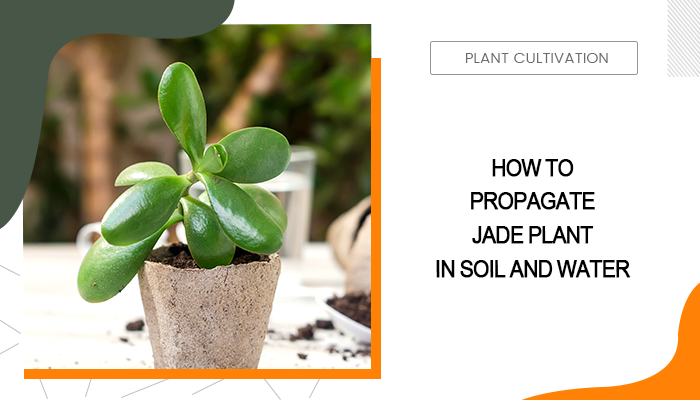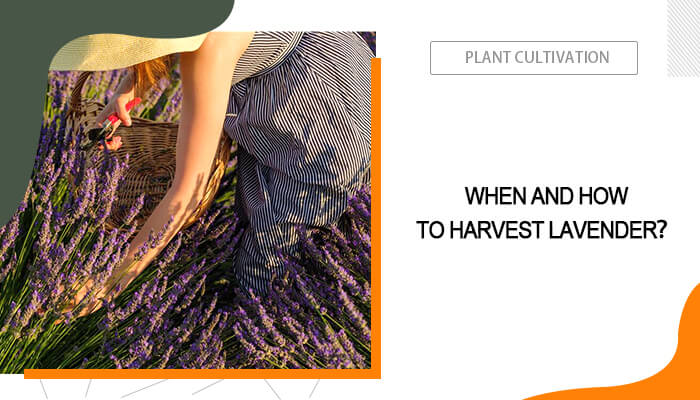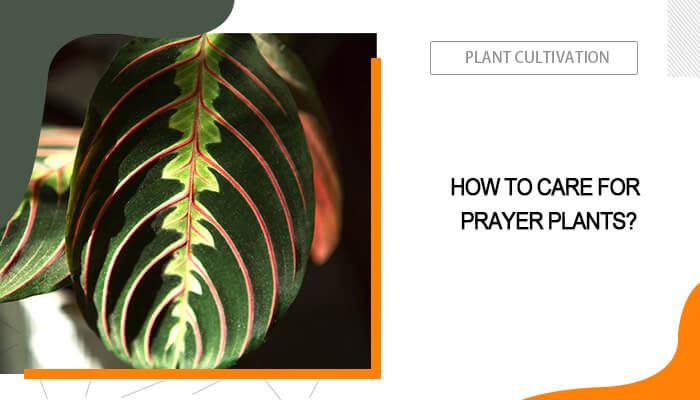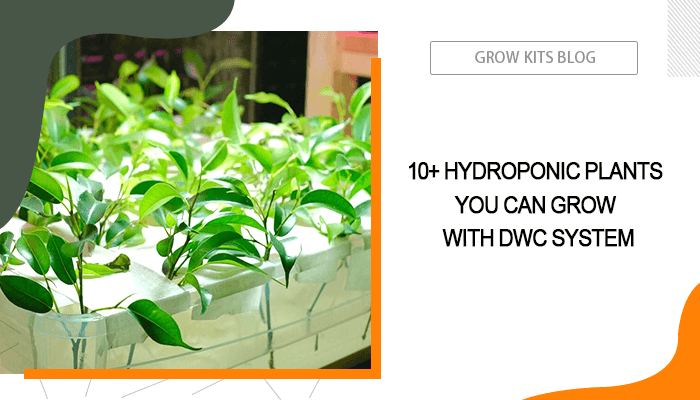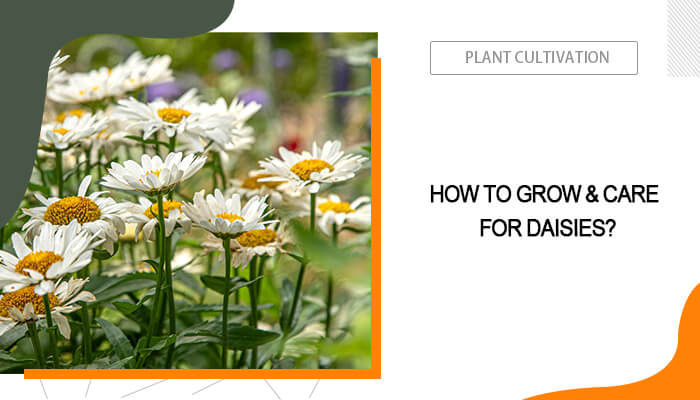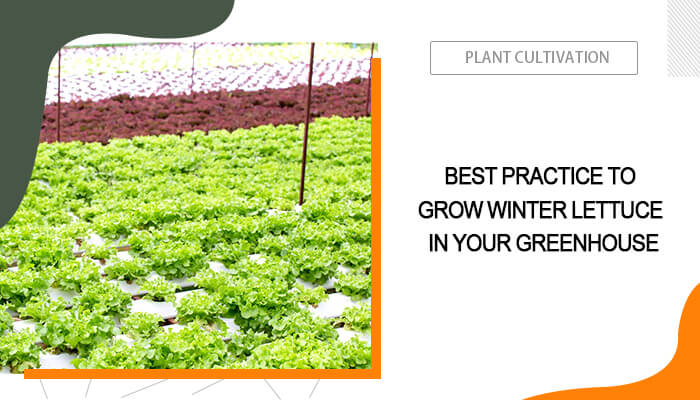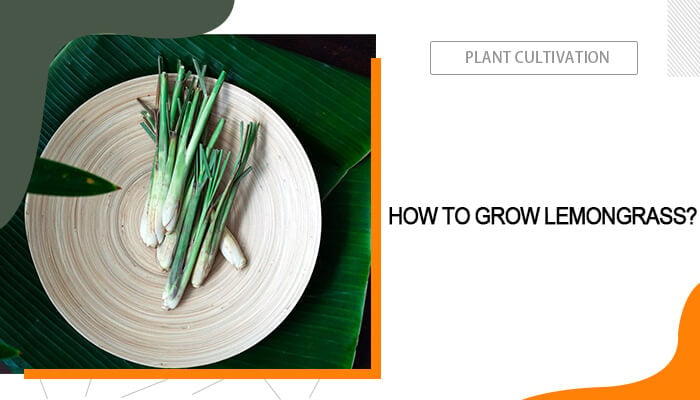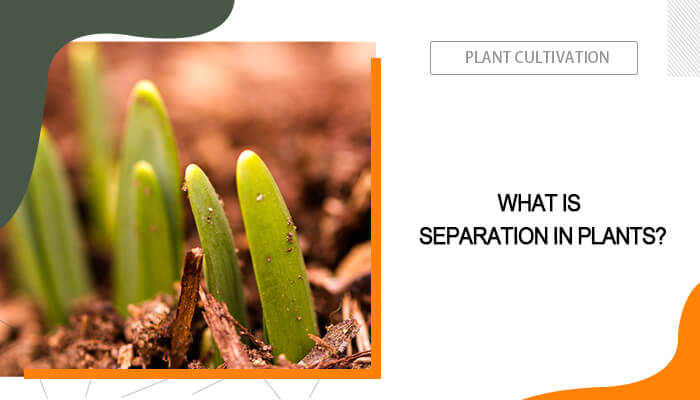How to Propagate a Jade Plant in 3 Easy Ways
Jade plants, known scientifically as Crassula ovata, are characterized by their thick, woody stems and glossy green leaves. Often, they can develop a miniature tree-like appearance as they mature, and the leaves or branches will naturally fall out throughout their life cycle. That’s when you can pick them for jade plant propagation. How to propagate jade plant? This article explores 3 easy and effective ways to propagate jade plants with step-by-step tutorials. Read along to start jade plant propagation.
Table of Contents
When to Propagate Jade Plants
Jade plants are overall resilient succulents and thrive in environments with plenty of light, minimal water, and well-draining soil. You can typically propagate jade plants any time of the year, but for faster rooting, it’s suggested to do it in active growing seasons such as warmer months of spring and summer. During this period of time, the warmer temperatures and longer daylight hours help stimulate the growth of roots from cuttings or leaves, ensuring a higher success rate.
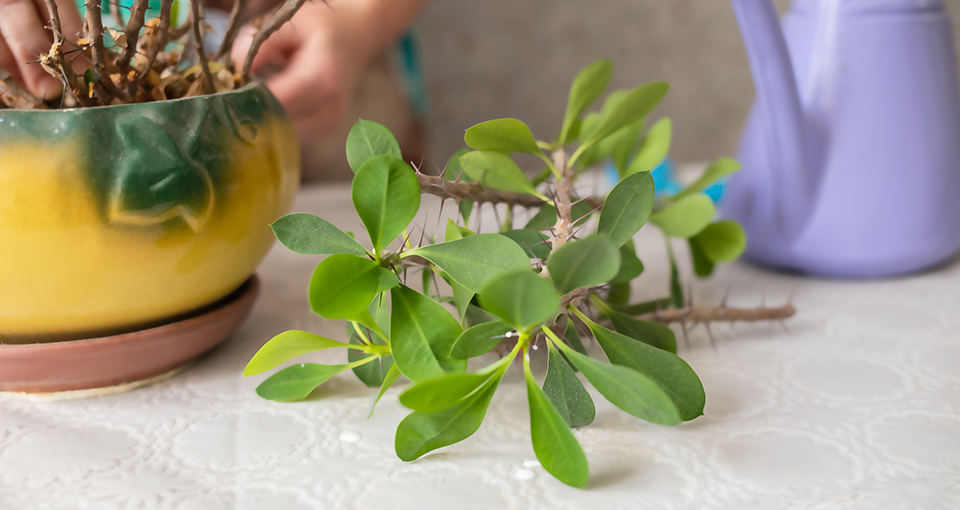
How to Propagate Jade Plants from Leaf Cuttings
Leaf cuttings are the simplest and most common method for propagating jade plants. This involves plucking a healthy leaf and allowing it to callous over before planting. Or, if you notice any intact and complete leaf fallout, make use of it for the newborn.
- Choose healthy, mature leaves from your jade plant. The leaves should be plump and free from any spots, damage, or disease. Gently twist each leaf from the stem, making sure to include the small, pointed end that attaches to the stem. If this point is missing, the leaf may not root properly.
- Place the freshly cut leaves in a warm, dry, and shaded area to allow the cut end to callous over. This drying period can take a few days and is crucial as it helps prevent rotting when the leaf is planted.
- It’s not mandatory but everything can go much easier if you use a rooting hormone. Apply a light dusting to the end of the leaf where it was connected to the stem to enhance rooting chances.
- For successful propagation, prepare a well-draining soil mixture. You can create your own by combining sand, potting soil, and perlite, or choose a pre-mixed succulent soil. Fill a small container with your soil mixture.
- Create a small hole in the center of the prepared soil with your finger. Simply lay the jade plant leaves on top of the soil. Gently press the soil around the base of the cuttings to stabilize them without burying them completely.
- Initially, give a thorough watering to the newly planted leaves. Then you should be very careful with watering, as the new roots are very susceptible to rot in soggy conditions.
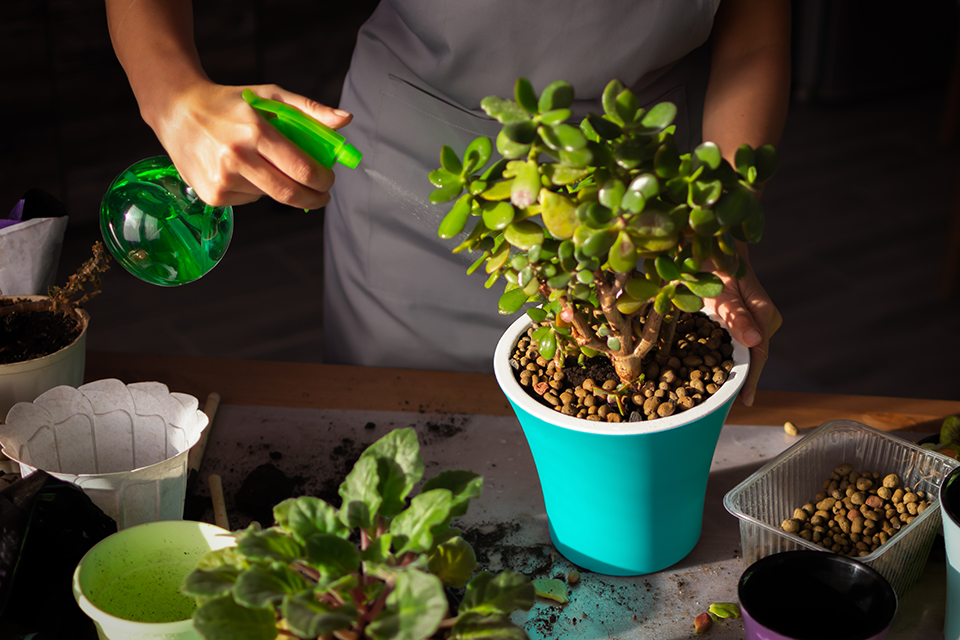
How to Propagate Jade Plants from the Stem
Propagating jade plants from stem cuttings is considered the quickest and most efficient way to expand your collection. This is because stem cuttings have more stored energy and can develop roots more rapidly. By using stem cuttings from daily prunings, you can efficiently use every part of the plant.
- Cut a healthy stem from a mature jade plant, ideally one that is about 3 to 5 inches long, and has two to three leafless nodes. It's important to make the cut just below a leaf node (the point on the stem where leaves emerge), as this area contains growth cells that will help in rooting.
- Remove the lower leaves from the cutting, leaving a few at the top. This helps prevent moisture loss and ensures that the plant focuses its energy on rooting. Allow the cutting to dry for a few days until it forms a callous over the cut end.
- Though not always necessary, applying a rooting hormone to the cut end can enhance the rooting process.
- Fill a small pot with well-draining soil and make sure the pot has drainage holes at the bottom to prevent water accumulation.
- Insert the calloused end of the stem cutting into the soil. Push it down so that at least an inch of the stem is buried in the soil, ensuring stability.
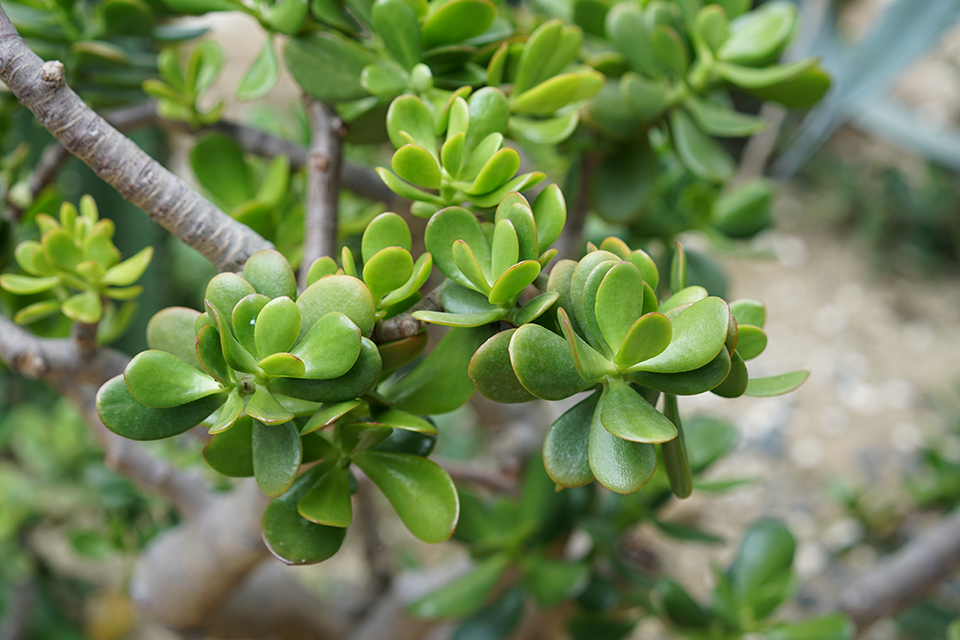
How to Propagate Jade Plants in Water
Last but not least, you can propagate jade plant stems in water. This method is pretty beneficial if you want to monitor the growth of new roots in real time. Or, if you prefer a less messy way to propagate jade plants. After collecting the stems and allowing them to callous, follow the tutorial below to see how to propagate jade plant in water:
- Select a glass or transparent plastic container that is wide enough to accommodate the stem without the leaves touching the water.
- Fill your container with water and place the stem cuttings in the container, ensuring only the node-bearing part of the stem is submerged. When necessary, remove any leaves that may end up touching the water.
- Place the container in a location that receives bright, indirect sunlight.
- Refresh the water every few days to maintain cleanliness and oxygen levels. The rest is to watch the cutting develop!
Is It Better to Propagate a Jade Plant in Water or Soil
Deciding whether to propagate a jade plant in water or soil depends on several factors, say, personal preference and the resources available. To help you make a wise decision, we’ve outlined the benefits and drawbacks of each method:
Propagating Jade Plants in Soil
Pros:
- Roots develop directly in their final medium, reducing transplant shock.
- Requires less attention once established, as soil maintains moisture and nutrients.
- Mimics natural conditions, enhancing the possibility of propagation success.
Cons:
- Success can be harder to determine without visual access to the roots.
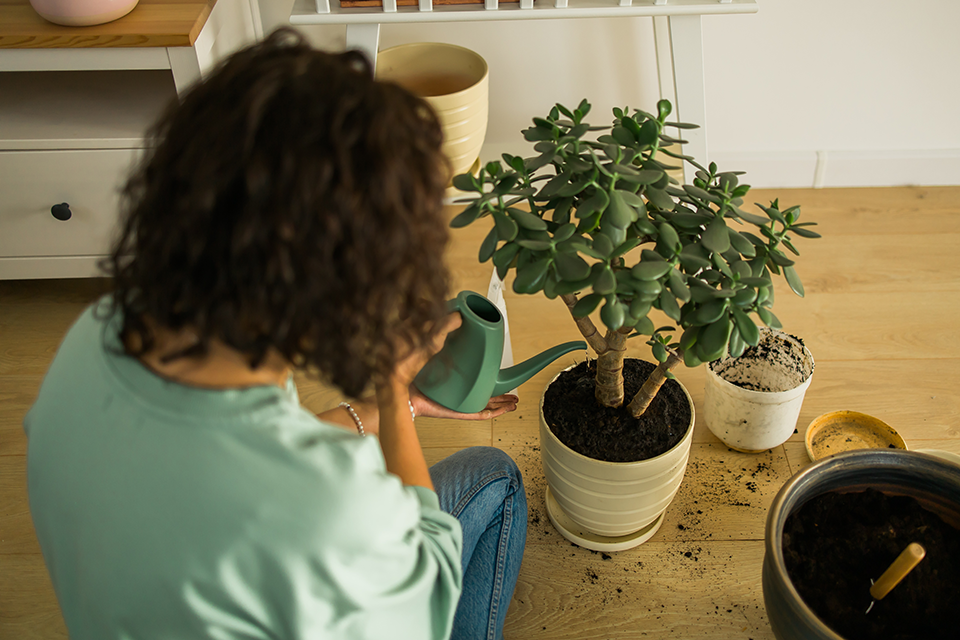
Propagating Jade Plants in Water
Pros:
- Allows for clear and direct monitoring of root growth and plant health.
- Simple to adjust water levels and check plant health.
Cons:
- Stagnant water is more likely to cause root rot and bacterial growth.
- Water roots are fragile when they are transitioning to soil.
Conclusion
This post covers three easy and effective methods that cater to different preferences and conditions for jade plant propagation. Whether you choose to propagate jade plants in soil, water, or using leaf and stem cuttings, each method has its unique advantages and challenges. By following the guide above, you should harness the knowledge of how to propagate jade plant.
Explore more on plant propagation:




